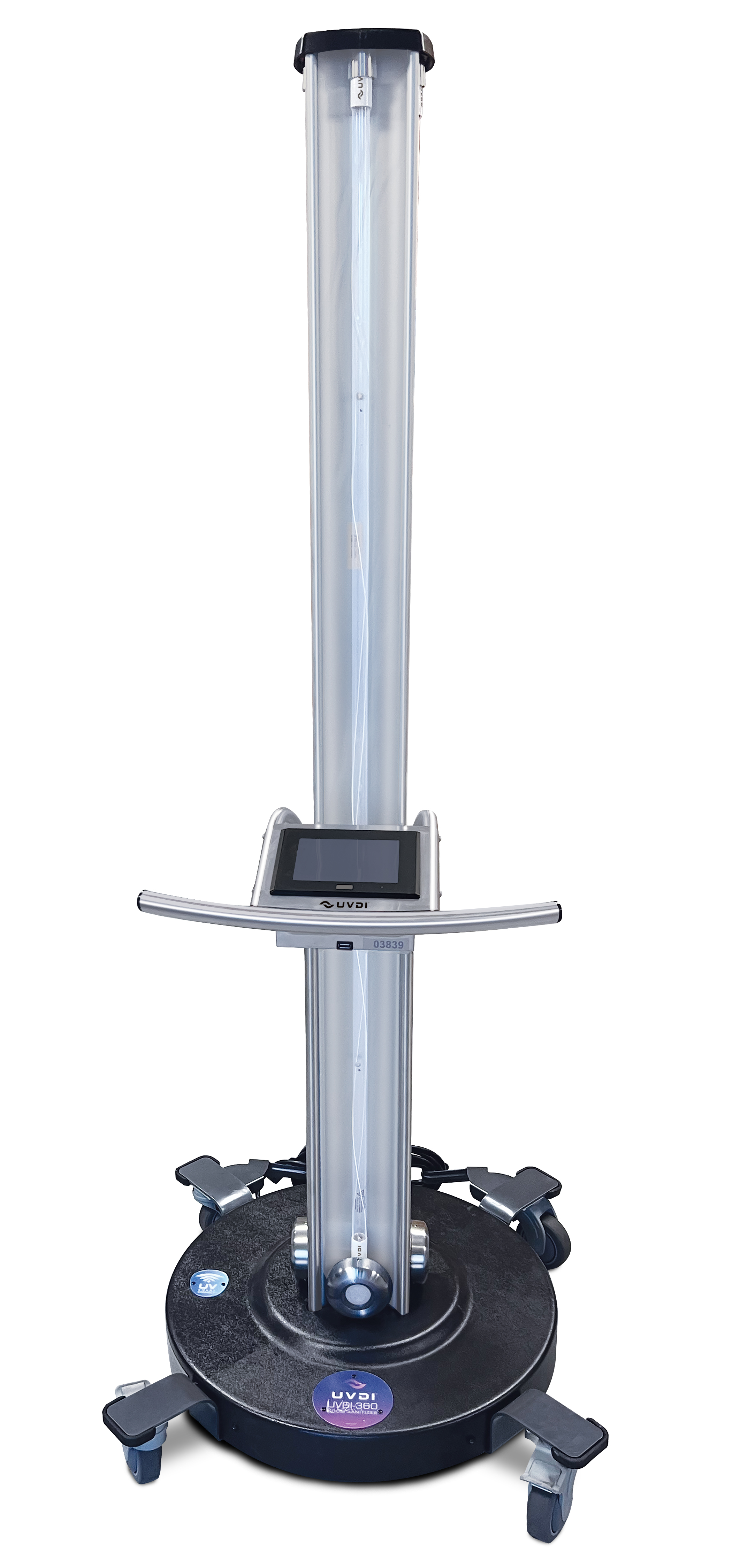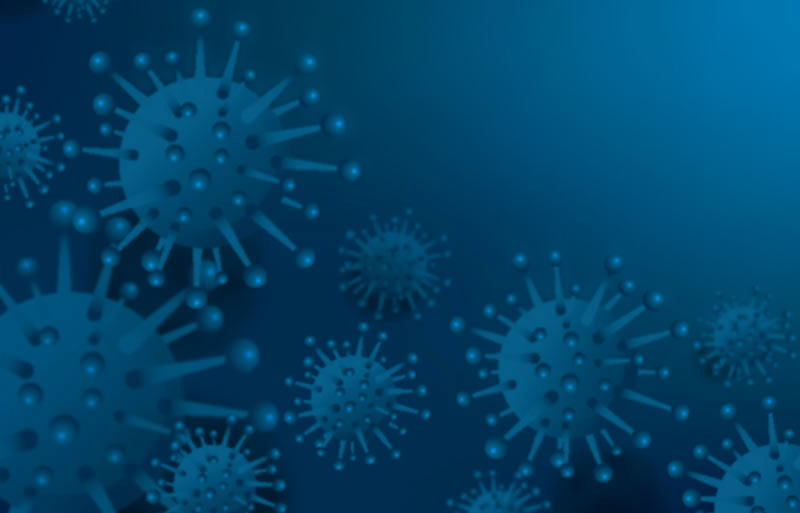Unveiling the Perks of UV Sanitation: Making Certain Disinfected and clean Spaces
While conventional cleaning approaches have actually long been counted upon, improvements in modern technology have presented an innovative solution that makes sure clean and sterilized areas: UV disinfection. In addition, we will dive into the security considerations that need to be taken right into account when implementing UV sanitation. Prepare to reveal a new dimension of sanitation and discover the untapped potential of UV sanitation.

The Scientific Research Behind UV Disinfection
UV sanitation is a clinically tested approach that makes use of ultraviolet light to get rid of damaging bacteria from surfaces and water. The scientific research behind UV disinfection depends on the capability of UV-C light to damage the DNA and RNA of microbes, providing them not able to recreate and triggering their eventual death. UV-C light falls within the wavelength variety of 200 to 280 nanometers, which is very reliable in damaging bacteria, infections, and other pathogens.
When exposed to UV-C light, the genetic material of microbes takes in the energy from the light, leading to the formation of thymine dimers. These dimers interrupt the regular duplication and transcription processes of the microorganisms, hindering their capacity to survive and replicate (uv surface disinfection). The DNA and RNA damage triggered by UV-C light is lethal to the microbes, making UV disinfection a reliable and reliable technique for eliminating a vast array of pathogens
UV sanitation is particularly advantageous in environments where typical chemical disinfectants might be unwise or inadequate. It is a non-chemical approach that does not leave any kind of residues or dangerous byproducts, making it secure for usage in food processing, healthcare facilities, water therapy plants, and different other markets. Furthermore, UV disinfection is eco-friendly, as it does not add to the growth of antibiotic-resistant microorganisms or other dangerous contaminants.
Performance of UV Sanitation on Virus
The performance of UV sanitation in eliminating virus has actually been extensively examined and verified in countless clinical researches. UV radiation has the ability to suspend a vast array of bacteria, including microorganisms, fungis, and viruses, by damaging their DNA or RNA. This avoids them from replicating and causing infections.
One research released in the American Journal of Infection Control found that UV sanitation was effective in reducing the presence of numerous drug-resistant microorganisms in healthcare facility rooms. One more study performed by the National Institute for Occupational Safety and security and Health and wellness demonstrated that UV sanitation was able to get rid of 99.9% of the flu virus on surface areas.
UV sanitation has actually additionally revealed assurance in combating the spread of healthcare-associated infections (HAIs) According to a study released in The Lancet, making use of UV-C light along with basic cleaning procedures considerably minimized the occurrence of HAIs in a medical facility setting.
Furthermore, UV disinfection has actually proven to be reliable against emerging virus, such as the severe acute respiratory system syndrome coronavirus 2 (SARS-CoV-2), which causes COVID-19. A study performed by the National Arising Contagious Conditions Laboratories showed that UV-C light can suspend the virus on surfaces within seconds.
Applications of UV Disinfection in Various Settings
With its tested effectiveness in removing microorganisms, UV sanitation has located applications in a range of settings. Among one of the most common areas where UV sanitation is utilized is in medical care centers. UV technology is utilized to sanitize client areas, operating rooms, and various other high-touch surfaces, reducing the threat of healthcare-associated infections. On top of that, UV sanitation is likewise being applied in food handling plants and dining establishments to make certain the security of food products and stop the spread of foodborne ailments. UV disinfection is likewise useful in water treatment plants, where it is utilized to eliminate unsafe microorganisms and provide secure drinking water.
An additional vital application of UV disinfection impends purification industry. UV air purifiers are used in residential, commercial, and commercial settings to eliminate air-borne microorganisms, viruses, and mold spores. This innovation is particularly beneficial in environments where individuals are more vulnerable to breathing infections, such as medical facilities, institutions, and office structures.
Additionally, UV sanitation is significantly being utilized in mass transit systems, such as buses and trains, to maintain tidy and sanitized areas for passengers. UV light is used to sanitize surfaces and air inside the cars, lowering the threat of spreading out infectious diseases.
Advantages of UV Sanitation Over Typical Techniques
In contrast to traditional techniques, UV sanitation uses a variety of distinct advantages that make it a more effective choice in various sectors and settings. One considerable benefit is its efficiency versus a vast variety of microorganisms, consisting of microorganisms, viruses, and fungi. Unlike chemical anti-bacterials that may have redirected here restricted efficiency against specific pathogens, UV disinfection is a non-selective process that can kill or suspend a wide range of harmful organisms.
One more advantage of UV sanitation is its capability to provide rapid and efficient disinfection. Traditional sanitation methods commonly need longer get in touch with times or numerous steps to attain the desired level of disinfection. On the other hand, UV light can give immediate and constant disinfection, minimizing downtime and increasing efficiency in various applications.
UV sanitation also offers a environmentally pleasant and risk-free alternative to conventional disinfection methods. uv surface disinfection. Unlike chemical agents, UV light does not leave behind any type of dangerous deposits or spin-offs, making it appropriate for usage in delicate atmospheres such as food processing centers, health care setups, and water treatment plants
Moreover, UV sanitation is an affordable option in the lengthy run. While the in advance financial investment for UV disinfection systems may be greater than standard techniques, the operational prices are usually reduced. UV lamps have a lengthy life-span and call for minimal maintenance, causing reduced labor and substitute expenses.
Safety And Security Considerations for UV Sanitation
Thinking about the prospective hazards connected with UV sanitation, it is crucial to resolve the security factors to consider associated with implementing this innovation. UV disinfection makes use of ultraviolet light to eliminate or inactivate microbes, making it a reliable approach for sterilizing various surfaces and objects. It is important to comprehend that UV radiation can likewise posture risks to human health and wellness if appropriate safety and security measures are not followed.
Primarily, direct exposure to UV radiation can create injury to the skin and eyes. Long term direct exposure can result in sunburn, skin damage, and even an increased risk of developing skin cancer. It is important to make certain that UV disinfection systems are effectively confined and geared up with safety and security features such as automatic shut-off mechanisms or movement sensing units to stop unintentional direct exposure.

Additionally, correct training and education and learning are necessary for those in charge of operating UV sanitation systems. They must recognize the prospective threats, understand the safety methods, and know exactly how to handle and preserve the devices appropriately.
Verdict
Finally, UV sanitation offers many advantages in making certain tidy and sterilized areas. Its efficiency in removing virus has actually been shown with scientific research study. UV sanitation can be used in different settings, consisting of medical care centers, food handling plants, and water treatment systems. Compared to typical methods, UV disinfection has advantages such as faster sanitation times, minimal chemical usage, and no hazardous byproducts. Safety considerations have he said to be thought about to avoid possible threats connected with UV exposure.
UV disinfection is a scientifically proven approach that utilizes ultraviolet light to get rid of unsafe bacteria from surface areas and water. The DNA and RNA damages triggered by UV-C light is dangerous to the microorganisms, making UV sanitation a reliable and effective method for eliminating a wide variety of microorganisms.
One more benefit of UV sanitation is its capability to give efficient and rapid sanitation. UV disinfection makes use of ultraviolet light to kill or suspend bacteria, making it an efficient technique for Continue sanitizing different surfaces and things. Compared to typical techniques, UV sanitation has advantages such as faster sanitation times, minimal chemical use, and no harmful results.